

This article curates Hub resources regarding some of New Zealand's unique native insects and fungi – and the ecosystems that support them. Find out how our hidden taonga are conserved. The ...
READ MORE
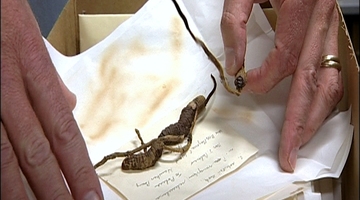
Imagine a creature that turns moths into mummies by trapping them in an underground grave before emerging out of their neck to begin the cycle again. Not only does this creature exist, it’s part ...
READ MORE

Position: Science Team Leader, Biosystematics, Manaaki Whenua - Landcare Research. Field: Biodiversity, conservation and ecology of New Zealand fungi. Dr Peter Buchanan is a scientist with a ...
READ MORE
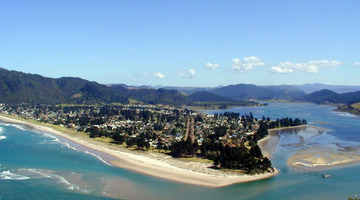
In this activity, students discuss how a variety of everyday objects can serve as metaphors for the important characteristics and functions of estuaries. By the end of this activity, students ...
READ MORE
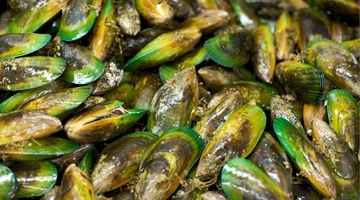
This activity explores the life cycle of green-lipped mussels and encourages students to research the methods by which they are farmed in New Zealand. It provides the opportunity to use a Venn ...
READ MORE

In this activity, students observe green-lipped mussels to determine the impact of pea crab infestation on their size and weight. Purpose This activity will enable students to identify key ...
READ MORE
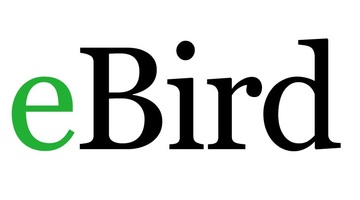
This comprehensive worldwide online citizen science (OCS) project collates bird species, numbers, locations and times of sightings into a large database. You can create a class as a user and, by ...
READ MORE
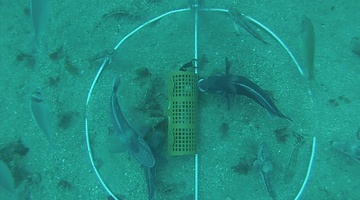
Come and visit Aotearoa New Zealand’s underwater world in this online citizen science project. Discover, count and identify unique fish species that live within our marine reserves ...
READ MORE
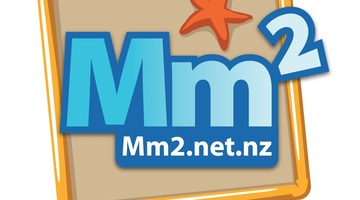
Marine Metre Squared is a New Zealand citizen science project that supports communities to monitor their local seashore. The project has been designed to provide meaningful, valid environmental ...
READ MORE
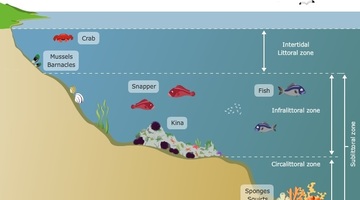
The rocky shore is a popular topic in primary school science. Below are some Science Learning Hub resources for primary teachers related to the rocky shore in the Living World strand of the New ...
READ MORE
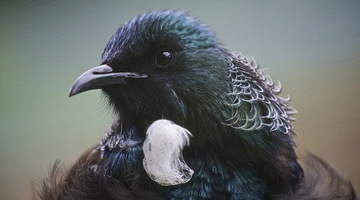
New Zealand is well known for its unique bird life. Our endemic birds evolved in an isolated, island environment. The arrival of people, the deliberate and accidental introduction of mammalian ...
READ MORE

Students carry out a practical investigation to help AgResearch scientists monitor the spread of Microctonus aethiopoides (a tiny wasp) and its success as a biocontrol agent for clover root ...
READ MORE
Rebekah Fuller, University of Hawaii PhD student, describes her research into the role the vegetable caterpillar fungus played in ancient Māori traditions, including its use as ink for creating ...
READ MORE
Dr Peter Buchanan, of Landcare Research NZ Ltd, introduces Ophiocordyceps robertsii – the vegetable caterpillar fungus. Native to New Zealand, this fungus invades moth caterpillars and turns them ...
READ MORE
This animation shows a caterpillar of the native Aoraia dinodes or Dumbletonius characterifer species of moths ingesting the reproductive spores of Ophiocordyceps robertsii – the vegetable ...
READ MORE
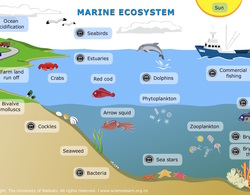
Explore this interactive diagram to learn more about life in the sea. Click on the different labels to view short video clips or images about different parts of the marine ecosystem. Select here ...
READ MORE
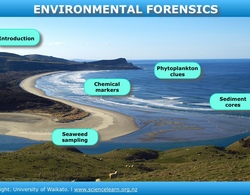
Dr Candida Savage explains the clues she collects in estuaries and fiords, to understand how changes in land use affect these environments. Click on the labels to watch the videos for more ...
READ MORE
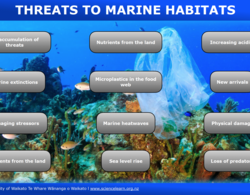
Human actions at sea and on land are putting increasing pressure on the ocean and the species that live there.
READ MORE